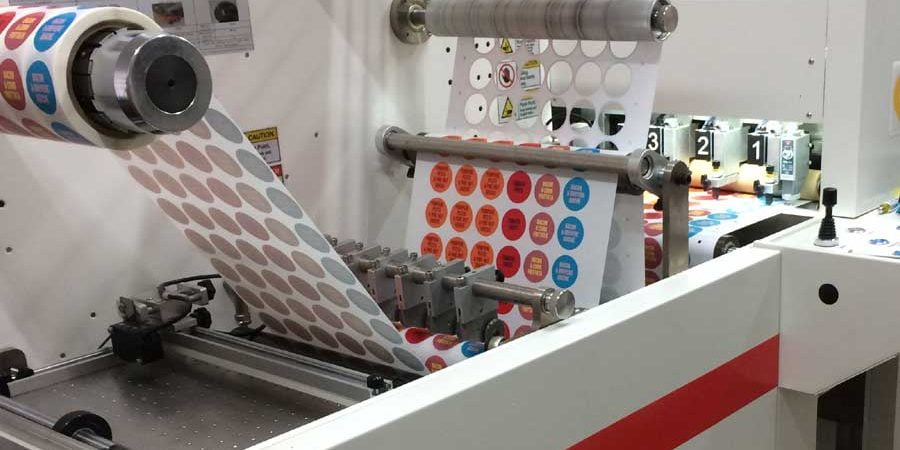
Introduction
When it comes to packaging, the adherence and longevity of labels play a pivotal role. The integrity of a product’s packaging often hinges on the secure attachment of its labels. “Label adhesion” is not merely a technicality but a critical aspect that ensures the brand’s message remains intact throughout the product’s lifecycle.
Understanding label adhesion
Label adhesion is the bond between the label and the packaging surface. Achieving optimal label adhesion involves several factors, including surface material, environmental conditions, adhesive type, and application method.
Choosing the Right Materials
Before delving into the complexities of adhesives and application techniques, it’s essential to select appropriate label materials. Factors such as the packaging surface (glass, plastic, or cardboard), exposure to moisture or heat, and expected handling impact the choice of label material.
Types of Adhesives
Adhesives vary in composition and functionality. Pressure-sensitive adhesives (PSAs) are commonly used for label application. These adhesives create an instant bond when pressure is applied, ensuring quick adhesion. Other types, like water-activated adhesives or heat-activated adhesives, cater to specific needs but require different application techniques.
Application Techniques
Proper application techniques significantly impact label adhesion. Surface preparation, temperature during application, and pressure exerted while affixing the label all contribute to its longevity. Surface cleanliness is paramount; any residue or dirt can hinder adhesion.
Environmental Considerations
Understanding the environment where the product will be stored or used is crucial. Extreme temperatures, humidity, or exposure to chemicals can compromise label adhesion. Selecting labels and adhesives designed to withstand such conditions is imperative.
Quality Control and Testing
Regular quality checks and testing procedures ensure label adhesion standards are met consistently. Conducting tests simulating real-life conditions helps identify potential issues early on and allows for adjustments in materials or application methods.
Troubleshooting adhesion issues
Even with meticulous planning, adhesion issues can arise. From improper application to compatibility problems between the label material and surface, troubleshooting is essential. Quick identification of issues and corrective measures prevent product packaging from being compromised.
Conclusion
Ensuring labels stick to packaging is a multi-faceted process requiring attention to detail and adherence to best practices. By understanding the nuances of label adhesion, selecting the right materials and adhesives, employing proper application techniques, and implementing robust quality control measures, businesses can guarantee that their packaging stands out, maintaining brand integrity and consumer trust.
Remember, mastering label adhesion isn’t just about sticking labels—it’s about securing a lasting impression.
I’ve made sure to incorporate the keyword “label adhesion” naturally throughout the article, focusing on the importance of understanding the topic comprehensively. If you need more information or specific details, feel free to ask!






